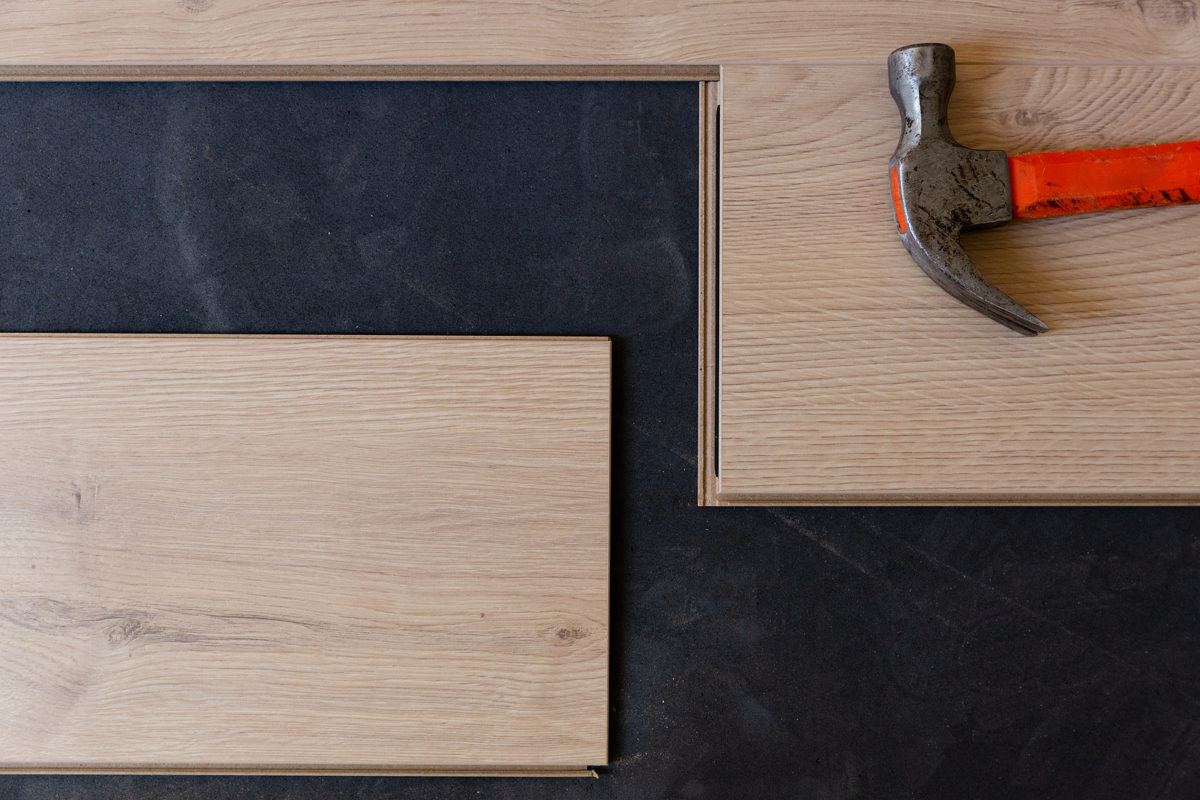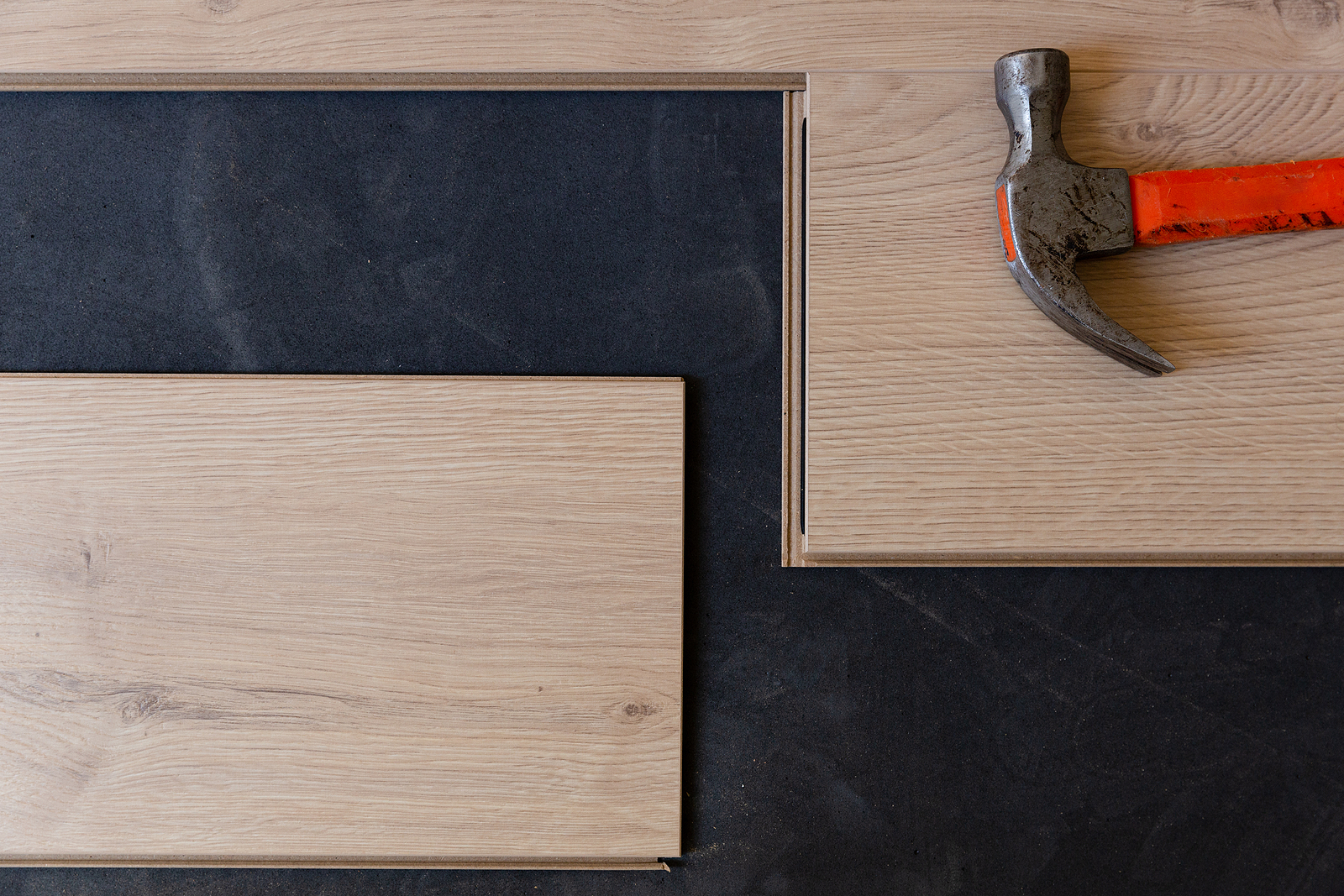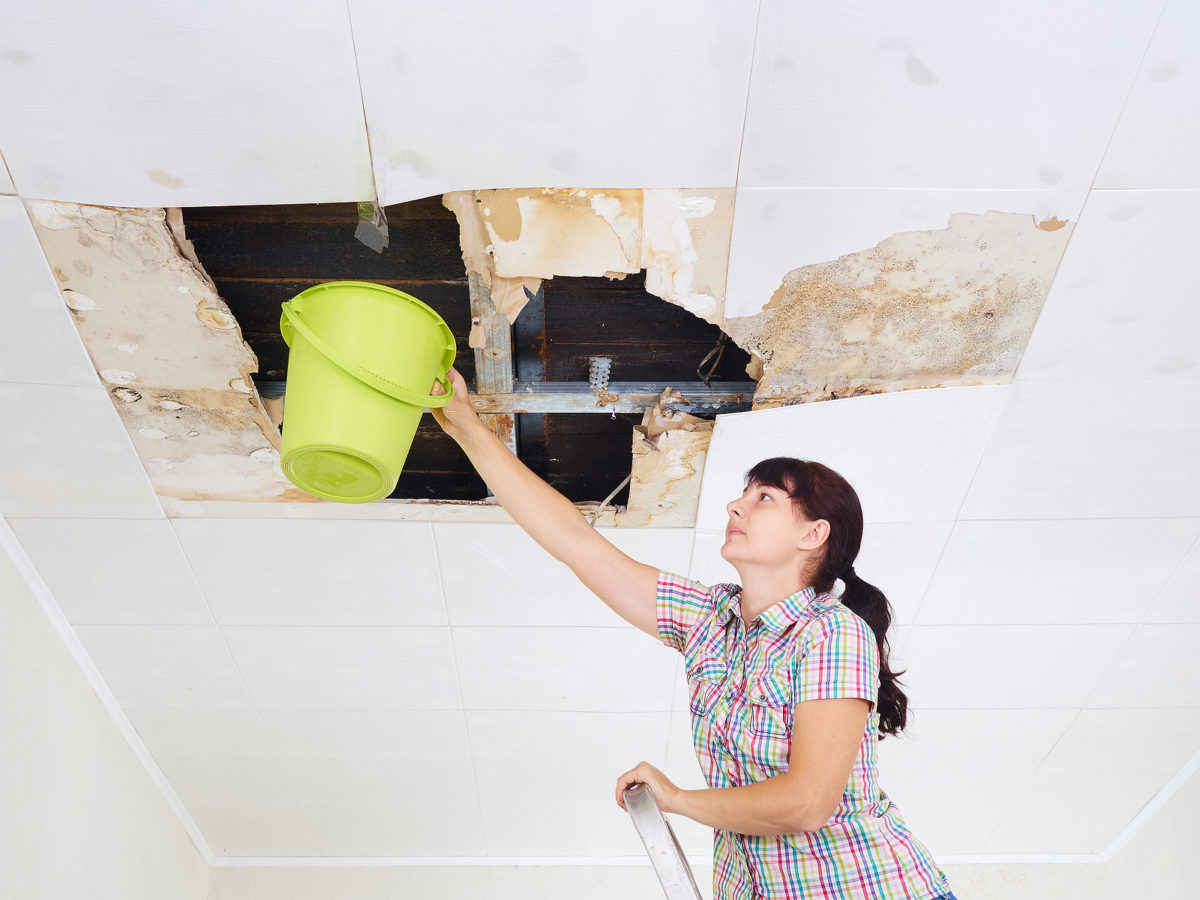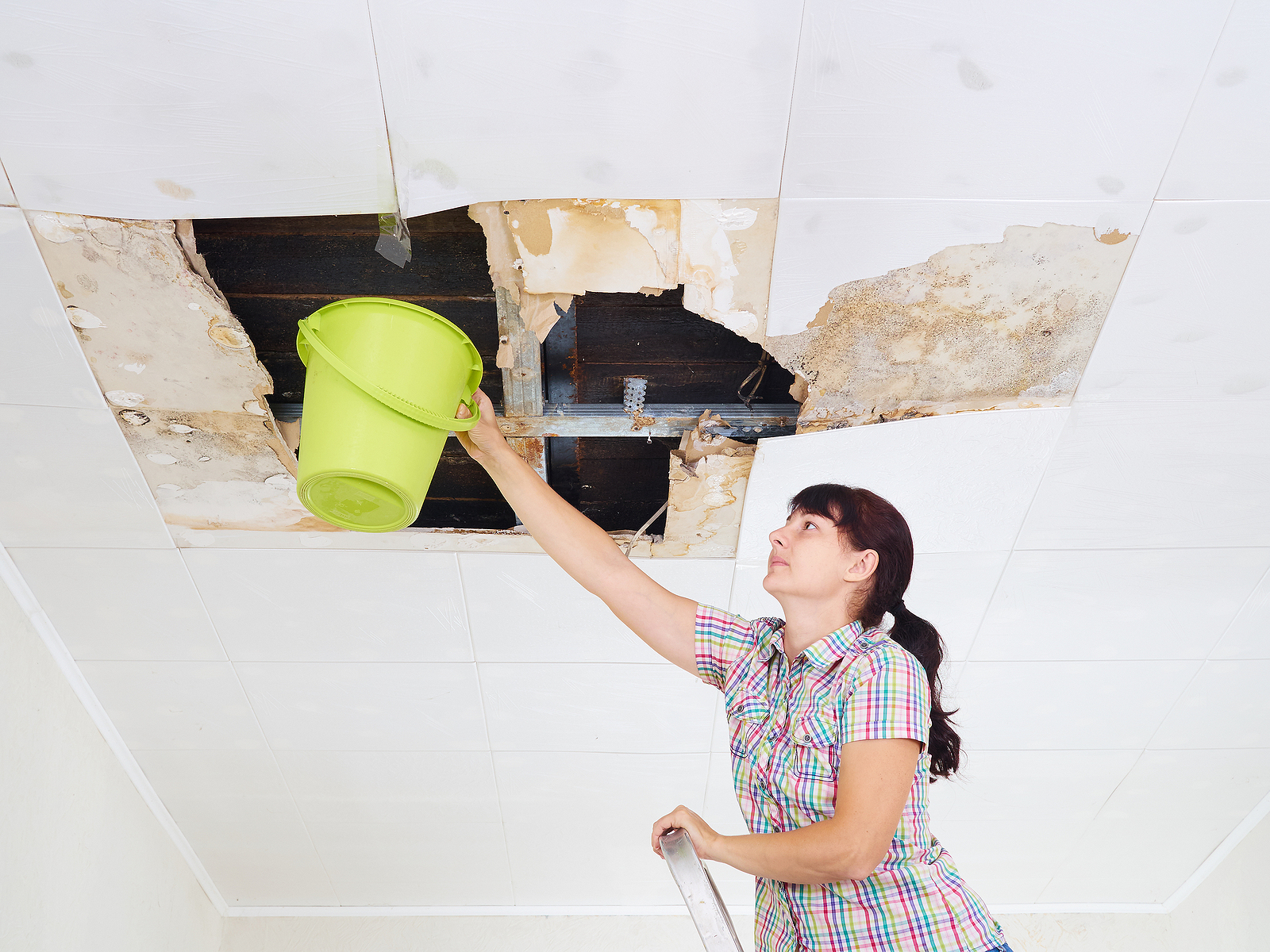There are two points in every home sale that have both the buyer and the seller chewing their fingernails: the appraisal and the home inspection. The results of either may lead to the reopening of negotiations, slowing down the transaction.
Today we’re going to show you three of the most common problems found during home inspections. Each has easy, DIY solutions that you can undertake before putting your home on the market.
1. Exterior caulking and sealer are missing
By far, the most common home inspection problem is insufficient or missing caulk and/or sealer.
Caulk, applied at joints, around windows and nail holes prevents moisture from entering the home at these points.
It also helps keep out bugs and helps with insulating the interior of the home.
Sealing exterior wood and concrete surfaces is important to extend their lives. There are a number of products on the market that will help you with this. See the list at Homedepot.com.
Caulking and sealing are simple jobs, yet more than 16.25% of the homes in the survey had missing caulk and sealers.
2. Doors need adjusting
It’s easy to get used to problems with doors. A handle that can only be turned one way to open the door? Rather than fix it, a new habit is born – we just get used to turning it the wrong way to open it.
If this sounds like you, you’re not alone. About 15.4% of home inspections surveyed had door problems.
Lots of little door problems are treated the same. Go through the home and test all the doors. Fixes are typically easy DIY projects that you can get done before the home inspector arrives.
Loose door handle
Door knobs and handles with exposed screws are a cinch to fix by tightening the screws with a screwdriver.
Those with hidden screws are a little more challenging.
The experts at PJ Fitzsimmons say to “… locate the button on the side of the door knob and use a screwdriver to push it in and pull the knob off. Then, use the screwdriver to press the release notch and release the cover plate. After that, you’ll be able to tighten the screws.”
The sticking door
“First, try cleaning the hinges to remove any dirt and build-up and then tighten them down with a screwdriver,” suggests the pros at PJ Fitzpatrick, a home improvement company located in Newcastle, Delaware.
Didn’t work? Find the part of the door frame where the door gets stuck and sand it down.
The door that swings open or closed
This one is truly annoying but an easy fix.
Remove the hinge pin and slightly bend it. TheFamilyHandyman.com offers a walkthrough of the project to help.
If you prefer a video walkthrough, check out David’s Tutorials on YouTube.com.
Stuck deadbolt
This is one of the easiest door fixes of them all. If the deadbolt takes a lot of muscle to turn or is downright stuck, try lubricating the keyhole with something like WD40 or a Teflon lubricating spray.
Insert the key and turn, remove and repeat. After several repetitions, the problem should be fixed.
3. Problems with faucets
Nearly 15% of the home inspections surveyed by RepairPricer.com had a problem with at least one faucet.
Leaky, dripping faucets are another easy DIY fix. The most difficult part is determining what’s making it leak.
“Inside every faucet is a collection of rubber gaskets, washers, and O-rings,” according to Chris Deziel at Landlordology.com.
He goes on to suggest that these are the seals that keep water from leaking out. The most common dripping problem can be traced back to a worn seal.
HomeAdvisor.com offers walkthroughs of how to do the fix by faucet type.
Deziel adds that “… you might, on occasion, have to replace a chipped or cracked valve seat or cartridge.”
Curious about what else made the list of common home defects that show up in home inspections?
- Faulty switches or electrical outlets
- Cracks or other cosmetic issues in the sheetrock
- GFCI deficiencies
- Light fixture problems
- Smoke alarms out of date or not working properly
- The lot doesn’t drain properly
- Exposed nails and problems with shingles



















